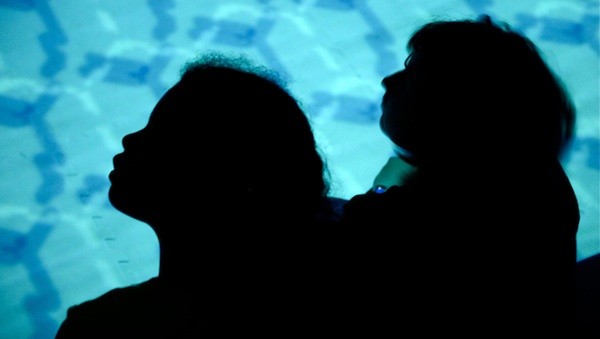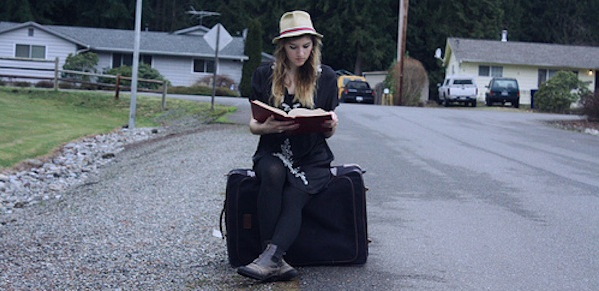dmlcentral.net
Learning, Playing, Designing: Video Games in School
Most education has been fashioned around the reasonable-sounding objective of equipping students with tools to solve problems. This is one facet of what some educators call the "eat your broccoli" approach to education -- “Sit still and learn this; it will come in handy later," parents and teachers repeat to their children and students. Unfortunately, it turns out that too many students resist sitting still and learning things that have no immediate use to them, but which adults insist are necessary. What would happen if you inverted that strategy? What would happen if you presented students with problems that they are particularly interested in solving right now, but which require them to learn about tools that will also be useful to them in other ways later? Game designer and professor Katie Salen would say that what I'm describing is the motivation that drives so many young people to spend many hours playing video games. As she said to me in a recent video interview, "Games do really really well because they create a need to know in kids. In a game you have to learn to do something because you've been presented with a complex problem you don't know how to solve."… more
Shelly Terrell: Global Netweaver, Curator, PLN Builder
When I started using social media in the classroom, I looked for and began to learn from more experienced educators. First, I read and then tried to comment usefully on their blog posts and tweets. When I began to understand who knew what in the world of social media in education, I narrowed my focus to the most knowledgeable and adventurous among them. I paid attention to the people the savviest social media educators paid attention to. I added and subtracted voices from my attention network, listened and followed, then commented and opened conversations. When I found something I thought would interest the friends and strangers I was learning from, I passed along my own learning through my blogs and Twitterstream. I asked questions, asked for help, and eventually started providing answers and assistance to those who seemed to know less than I. The teachers I had been learning from had a name for what I was doing -- "growing a personal learning network." So I started looking for and learning from people who talked about HOW to grow a "PLN" as the enthusiasts called them. Learning innovator Will Richardson led me to Shelly Terrell, who genuinely lives out her "collaborate for change" maxim.… more
It's the Learning, Not the Technology - Jessica K. Parker
Without a doubt, your 15-year-old daughter can text one-handed while holding her phone under her desk. Your 11-year-old brother leads his own World of Warcraft guild. Your fellow college students are Googling you during the first class you have together. And if you are the professor, you know that your lectures are now competing against the entire Web for your students' attention. Without a doubt, today's youth are tech-savvy. That doesn't mean, however, that their proficiencies automatically grow into literacies, that they appreciate the lasting social implications of an inappropriate photo on Facebook, know how to use a blog as an e-portfolio or a platform for advocacy, understand how to evaluate the validity of what they find when they use a search engine. As a parent, a teacher, an avid user of digital media and participant in networked publics, I am one of those who feels strongly that educators and educational institutions should help young people understand the consequences of their social media practices in their own lives. Although pioneering teachers and librarians like Diana Rhoten, Will Richardson, Buffy J. Hamilton, and Meredith Stewart are igniting enthusiasm and guiding their students' explorations of participatory media for classroom learning, youth adoption of new media has happened too quickly for institutions to react en-masse.… more


